
Trains, buses and trucks are all vital to the modern world, but the vast majority of them use huge amounts of fuel and create tons of air pollution. What’s even worse is that they represent a (thus far) missed opportunity for making the world’s cities greener.
While buses reduce the need for cars, trains are capable of hauling huge amounts of goods, as are trucks, AND moving huge amounts of people. Imagine if we could convert all of these big vehicles to run on hydrogen, which is the most basic of all molecules.

Sadly, hydrogen hasn’t taken off as a fuel when it comes to cars and light vehicles, and that’s due to various logistical difficulties, such as the prohibitively expensive cost of creating a large filling station network, and difficulty actually getting the fuel into a car (hydrogen is volatile and needs to be contained properly).
Hydrogen has been used for a variety of purposes, both industrial and commercial, since the first time it was liquefied at the end of the 19th Century. During the 1920s and 30s, it was used in the enormous airships that used to criss-cross the Atlantic Ocean until the fateful Hindenburg disaster of 1937, which heralded the end of the airship era.
Hydrogen regained prominence as a commercial fuel in the early 1980s following the end of the energy crisis. It was also spurred on further by the rising greenhouse gas problem and climate change. After decades of collaborating and innovating, scientists managed to create the first commercially available hydrogen fuel cell back in 2007.
Think of a hydrogen fuel cell as a gigantic, chemically-powered battery that collects hydrogen atoms and strips them of their electrons. The ionized atoms carry a charge that’s collected and sent through negatively-charged wires to generate power. The cell burns water and nothing else, so the only by-product is odorless water vapor.
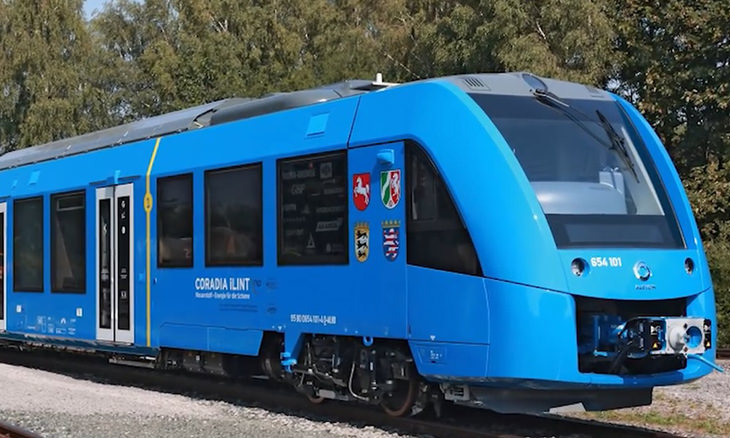
Many of the world’s advanced nations, namely Norway, Japan and Germany, are investing heavily in the technology in order to move away from their dependence on fossil fuels. The Norwegians, for instance, are going about implementing a new hydrogen-powered train network right now, saving $67 million a year in fuel in the process.
Germany is going even further. It will launch the world’s first hydrogen-powered commuter rail service in December 2017. The hydrogen-powered trains will be used on smaller interurban routes initially, however it’s the first step towards a cleaner, zero-emissions future.
Content and image source: The Plaid Zebra

Japan's 9 Most Underrated Destinations You MUST Visit
Have you visited any of these underrated destinations in Japan?

14 Surprisingly Rare Historical Moments Caught On Camera
The last 150 years haven't only been recorded in writing but also documented in pictures, check it out with these 14 very rare and surprising moments.

12 Fascinating Attractions in the City of Kyoto, Japan
The city of Kyoto Offers many beautiful and fun attractions. Here are the 12 best places to visit in Kyoto.
 2:36
2:36
This Japanese Animal Tale is Unlike Any Other...
In this standout performance from NTV Japan’s Masquerade, a group of contestants brings to life a charming tale of a duck family.
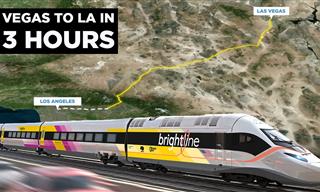 12:59
12:59
Vegas to LA in Less Than 3 Hours?! Yes, It's Happening!
The U.S. is gearing up to build its first high speed railway project.

History of the Ninjas: The Truth of the Famous Assassins
Let’s take a journey through time, exploring the origins, evolution, and enduring legacy of the Ninja.

13 Rare Photos of Awesome Vintage Cars in Action
These images offer a rare look at some of the earliest moments of automotive racing.
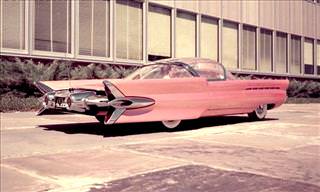
These 30 Wonderful Cars Never Made It to Full Production
Some of these car designs are so outrageous that it's impossible to imagine them working as mass-market production cars. Here are 30 outrageous concept cars.

Exactly How Did These People Get Their Driving Licenses?
Sometimes people simply can't keep their cars on the road... As these absurd and hilarious driving fails pictures show.
 20:05
20:05
20 Mini Airplanes You Won’t Believe Actually Fly!
These mini planes may be small, but they pack a serious punch!
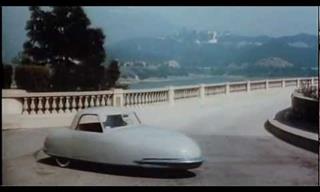 2:35
2:35
These Amazing Futuristic Cars Were Imagined In The ‘40s
This short video, which was released way back in 1948, showcases some really cool futuristic cars that look advanced even for today.

There's More to Porsche Than You Ever Imagined...
Porsche is one of the most celebrated sports car manufacturers in the world, but there's a lot more to the company than you imagined. Here are 11 Porsche facts.
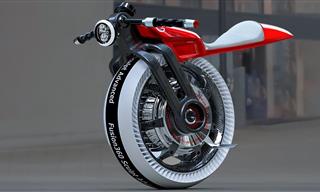 47:09
47:09
The Most Innovative New Bikes of 2025
Get ready to experience the most cutting-edge electric bikes, mind-blowing smart bike tech, and innovations that are totally transforming how we ride
 8:48
8:48
The Car-Free Revolution is Slowly Taking Over
Slowly but surely, more and more cities all over the world are opting for car-free streets. Can this become the new norm everywhere?
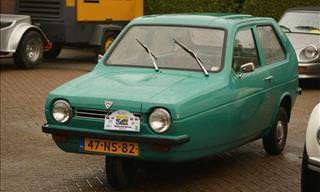
Yikes! These Cars Are Truly The Worst Ever Made...
Some cars are a really a blot on the world's roads. From hideous styling, to pathetic performance and alarming safety, these 15 are the worst of the worst.

Discover the Delights of the Darjeeling Line In India
The intrepid explorer, Mark Twain, took this train journey on his travels through Asia during the late 19th Century. Come and explore this enchanting railway.

Weird Cars: 15 of the Most Peculiar Models Ever
Check out some of the weirdest and most peculiar car designs that have ever been created.
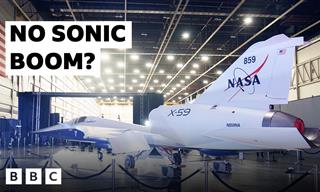 2:47
2:47
NASA’s X-59: Quiet Supersonic Flight is Coming Soon
Could this be the future of how we fly?
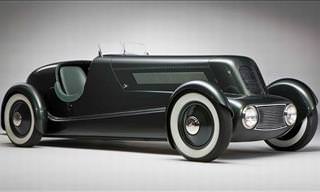
14 Beautiful Old Cars and Their Fascinating Stories...
These photos bring us the stories of some of the most exquisite car designs of long ago.
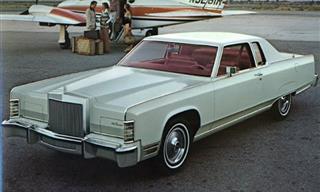
The '70s Ford Model We All Know and Miss
All about Ford's Lincoln Continental Mark V car from the '70s.

Armored History: 10 Most Important Tanks of WWII
Tanks were a significant factor in most of the main fighting theatres in World War II. Here are 10 important models any history buff should know.
 19:01
19:01
15 Incredibly Small Vehicles You’ve Never Seen Before
It's hard to believe how ridiculously small these vehicles are. Take a look.
 9:40
9:40
The Incredible Story of the LARGEST Helicopter Ever Built
Back in the ‘60s, the USSR designed and built the world's largest helicopter. This is it's little-known story.
 44:39
44:39
How the Spitfire Became the Most Iconic Plane to Ever Fly
This full documentary will tell you all you need to know about the plane that saved Britain from invasion and defeat during the Second World War.

Have You Ever Seen Cars as Weird as THESE?
These 25 cars are the strangest you have ever seen.

You Won’t Find Cars Like These At Any Old Car Lot!
These car designs are as impressive as they are crazy and absolutely over-the-top...

Collection: The Airplanes That Conquered the Skies
Before you are 10 posts that will each take you to a world of airplanes, so you get a wide range of fascinating planes to learn about!
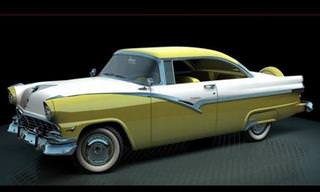
These Cars from the 40s and 50s Are Still Beautiful to Me
These classic US Cars of the 40s and 50s will make you feel nostalgic.
 10:07
10:07
8 Awesome Inventions That Any Car Owner Would Want
These ingenious inventions are designed to make the lives of car owners so much easier.
 20:30
20:30
The Forgotten Airships of the U.S. Military
This is the story of America's ambitious journey into the age of aerial warfare.
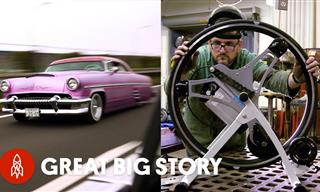 10:15
10:15
Super Cool DIY Vehicles That Will Inspire the Rider in You
Meet some cool people who created their own dream rides after they were dissatisfied with the ones the had.
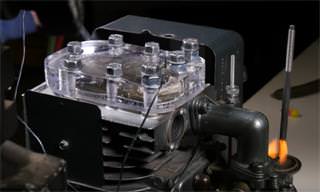 8:13
8:13
WATCH: The Inner Workings of an Internal Combustion Engine
The internal combustion engine caused one of these greatest revolutions in all of human history. Now you can watch its inner workings in full HD.
 11:30
11:30
Extreme Vehicles That Will Impress You
If you like to follow up with technological advancements, you'll love watching these extreme vehicles persevere even in the worst weather conditions!
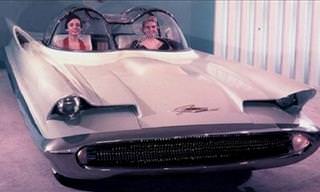
These Fascinating 1950s Cars Should Have Been Released!
Amazing cars that were made in the 50s, but were never released to the general public.
 42:43
42:43
Come Meet the Fanciest RVs in the World
Whether you love to travel or just appreciate the finer things, these RVs are sure to impress. Let’s take a tour of the ultimate in road-ready luxury.
 4:50
4:50
10 Helicopter Stunt Pilots Who Really Know Their Game
10 of the wildest, yet incredibly skilled, helicopter pilots are going to show you their best.
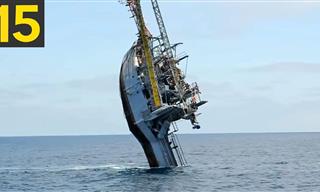 19:27
19:27
15 of the Most Unusual, Oddball Vehicles Ever Designed
Check out some of the most unusual and peculiar vehicles ever designed.

Custom-Painted Vintage Cars of the '50s and '60s
Larry Watson is the inventor of many car-painting patterns you see on the road today. Take a look back on his early works from 1950-1960.

How Far Can You Drive with a Car's Fuel Warning Light On?
Sometimes we inevitably end up cutting it too fine when it comes to the amount of gas that we have in our car. Read this guide to learn how far you can go.
 10:04
10:04
Insanely Cool Modern Vehicles That You Need To See Now
Take a look at these insanely advanced and futuristic-looking vehicles that are set to make our lives easier in the future.
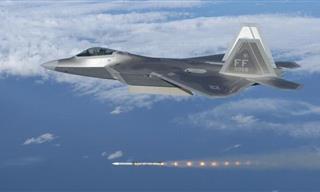
Invisible Warfare: The History of Stealth Planes
The most advanced stealth airplanes around the world are a technological marvel.
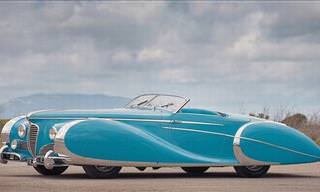
These 12 Beautiful Cars Are Literally One of a Kind
There are only one each of these beautiful, classic cars.

The Coolest Warplanes Ever Built—See the List!
Let’s take a look at some of the most fascinating, unconventional, and downright coolest military aircraft ever built.

We Bet You've Never Seen Cars Stranger Than These
These cars are undoubtedly the strangest cars that you have ever seen.
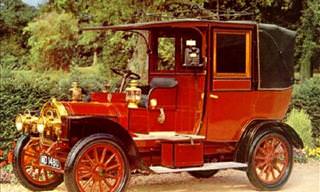
24 Beautiful Vintage Cars That Make Me Pine for the Past
Who wouldn't love to ride these early motor cars?
 8:30
8:30
The Inflatable Airplane That Once Promised To Save Lives
The Goodyear Inflatoplane was a unique aircraft from the '50s that was designed as a rescue vehicle. Learn all about its story here.
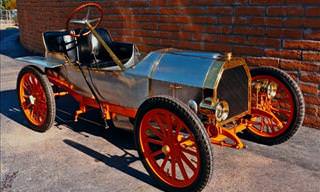
Bugatti Has Certainly Had a Long and Checkered History...
Bugatti certainly has a long and checkered history, and cars produced by the original manufacturer are highly coveted. This is a concise history of Bugatti.
To enable your Ad-Free Subscription, please fill the fields below
Your subscription was successful, now you can enjoy an ad-free experience!! Note: To make sure you get no ads, please make sure to log in to your account. If you are logged in already, then refresh the page. The subscription can be cancelled at any time.


